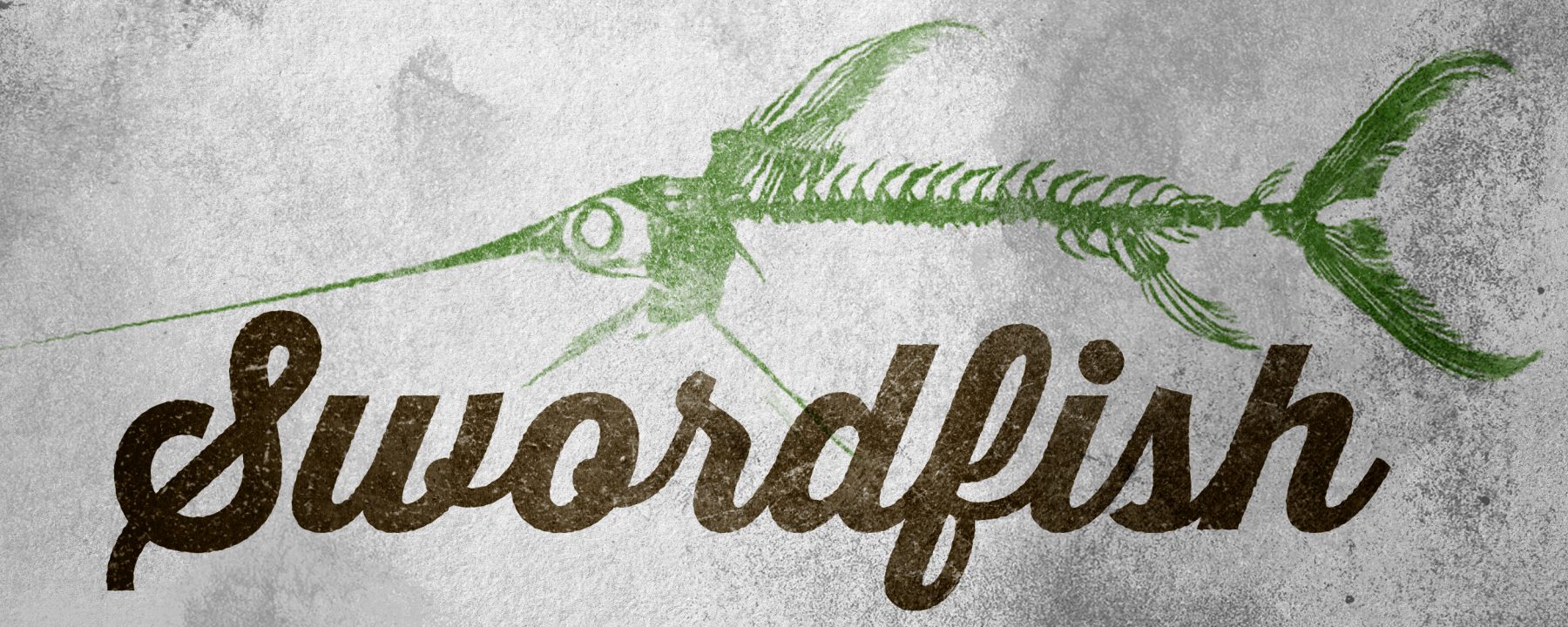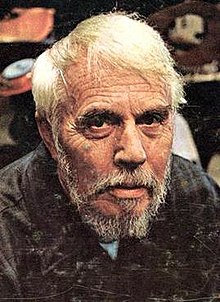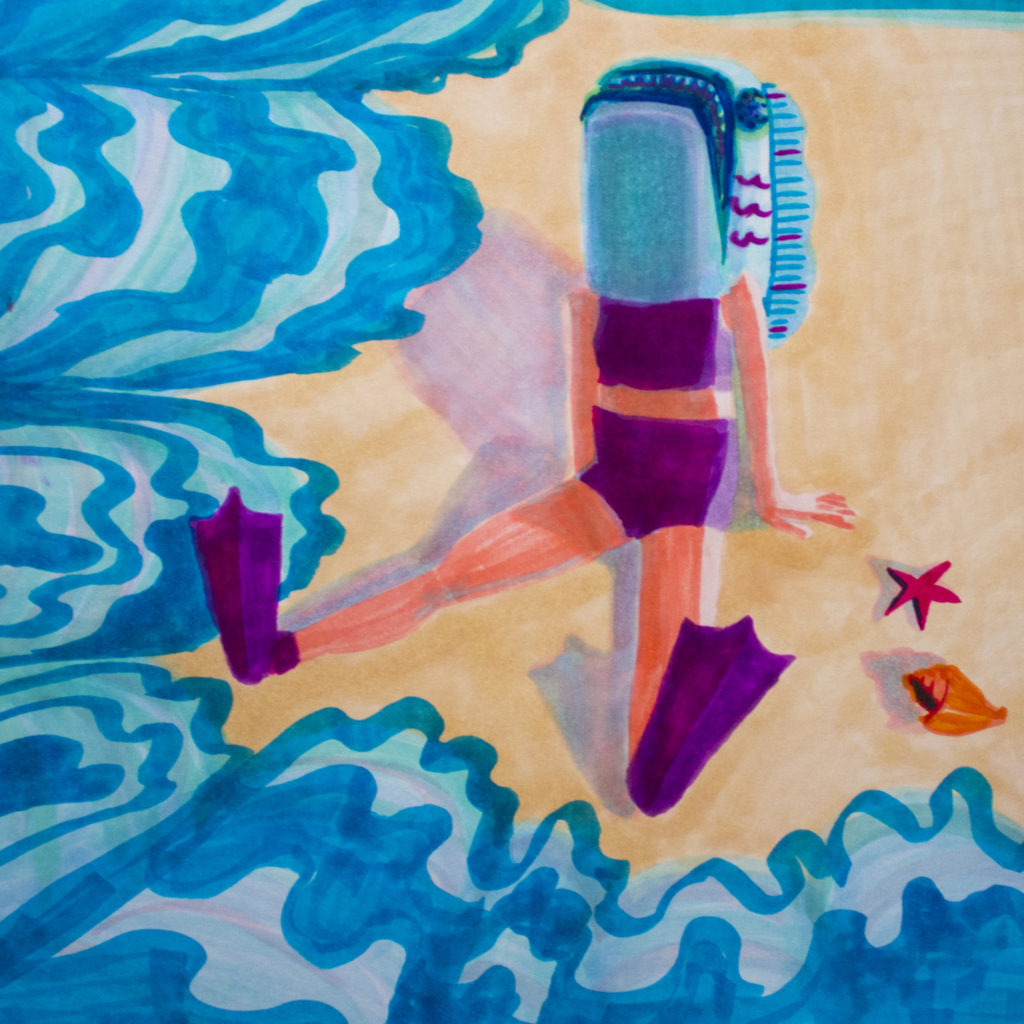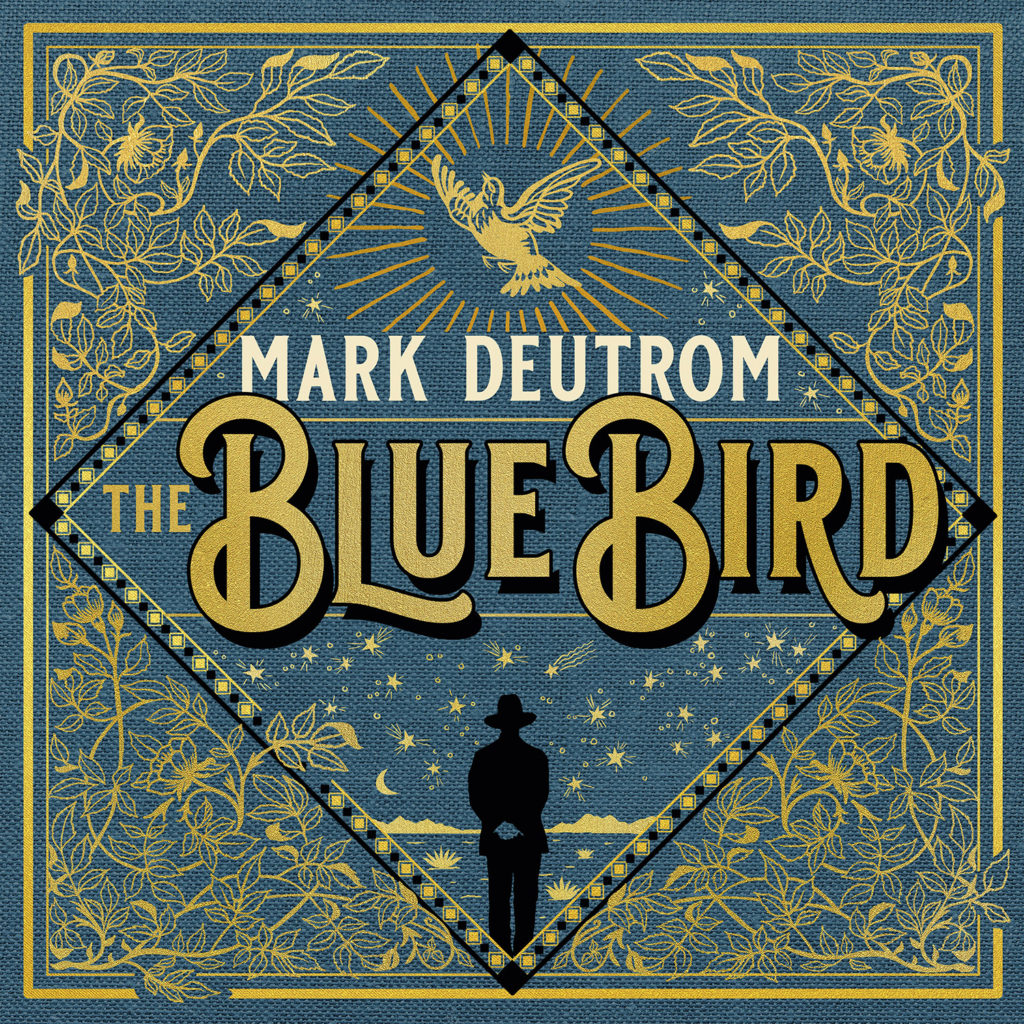Imagine musicians in street clothes flowing rhythmically as they hammer split ends of bamboo or pluck de-tuned strings. Picture dancers slinking across the stage, fluttering out impressions of Buddhist poetry or Greek tragedy. Picture an invention resembling a mutated organ, its customized tuning system boasting more tones in an octave than there are letters in the alphabet.
This isn’t “classical music.” It’s the work of Harry Partch, an influential American avant-garde composer known for his unique instruments and tuning systems. This week, his music will be performed at San Diego State University’s NWEAMO Electronic Arts and Music Festival. The concert will be the first time in roughly 25 years that Partch’s instruments and ensemble have appeared on campus.
“When I first heard [Partch’s music], it sounded like Martian folk music,” says Joseph Waters, a music professor at SDSU who’s organizing the NWEAMO festival. “Anyone who’s investigating the sound and color and timbre of music—from Bjork to Radiohead—you could say there’s an element of Partch in there.”
Partch composed raw, intensely human—even sensual—avant-garde music. He heralded the idea of corporeality: connecting musicians to the music they play, and to the audience.
It’s a word you’ll often hear from devotees of Partch, who lived in San Diego for several years before his death in 1974.
“Typically, when people go to a—quote marks on this— ‘performance of classical music,’ a concert of music, they expect people to be standing still, wearing uniforms, professional clothing,” says John Schneider, conductor of PARTCH, the L.A.-based group performing at NWEAMO.
“There’s a semblance of ritual and expectation to this day—that was de rigueur in Partch’s time, and he hated it,” he says. “For him, it was terrible to see musicians just sit there and count measures until they played. … We do not play our parts. We are our parts.”
Schneider knows that essence intimately. He’s built 16 copies of Partch’s wonderfully strange instruments and has been performing his early repertoire for more than two decades. At NWEAMO, PARTCH will perform some of the composer’s mesmerizing early works, including “Barstow” and “Castor & Pollux.” The session will focus less on the academics of microtonal music (though there’s plenty of that) than the experience of soaking it all in, Schneider says.
When the Harry Partch Ensemble had a residency at SDSU 30 years ago, the core of Partch’s work involved burning the old rules about compartmentalization—the notion that actors cannot make music and singers cannot dance.
“The San Diego period of Partch performance was very attuned to… the dramatic aspects of Partch’s music,” says Danlee Mitchell, the leader of the ensemble at the time. “It was a love affair between those musicians and Partch’s music.
“I was really lucky to have a situation where we were doing it for the love of Partch’s music and not for other things,” he adds.
Mitchell was Partch’s assistant, the manager and conductor of his ensemble and his friend. He last led the ensemble in the 1980s, shortly before Partch’s instruments were moved to Montclair State University in New Jersey, where they’ve been housed and played ever since.
Jon Szanto, who also played in the ensemble, was instantly transfixed when he encountered Partch’s instruments. A high-school drummer, he was taking a xylophone course with Mitchell in a campus room where they were being housed.
“I could have gotten a music degree anywhere,” Szanto says. “This was really the one place I could go to learn about those instruments.”
Waters points to Frank Zappa and Tom Waits, both forward-thinking musicians who have roots in San Diego, as Partch protégés. Szanto, too, hears Partch in Waits’ creative instrumentation, junk percussion and transformative, bizarre sound. It might be no small coincidence that Francis Thumm, a long-time friend and sometimes-collaborator with Waits, performed alongside Szanto in the Harry Partch Ensemble.
Szanto and his fellow Partch devotees talk about the instruments as if they were describing celestial bodies or giant Redwoods. Some are so unwieldy that they need to be transported by truck, and Szanto thinks their visuals are as important as their musicality.
Partch “had to honor the sound of the instrument, and he had to honor the beauty of the instrument,” he says. “That’s why, if I ever see someone put those in an [orchestra] pit, I’d have to shoot them.”
But playing them was anything but subtle grandeur.
Partch “wanted it to look like we were powering a racehorse down the finishing line,” Szanto says. “It was some of the most physically demanding music I’ve played. And part of that was what I put into it.”
Naturally, this week’s performance should be the real thing, full-throttled and no-nonsense.
“What we do is something every non-classical musician does, actually—folk, jazz, rock—and that’s what corporeality is,” Schneider says. “It’s the antidote to abstraction.”
The NWEAMO Electronic Arts and Music Festival will be held at SDSU’s Smith Recital Hall from Tuesday, Feb. 28, through Saturday, March 3. PARTCH performs at 8 p.m. March 3. – San Diego CityBeat, Feb. 29, 2012




